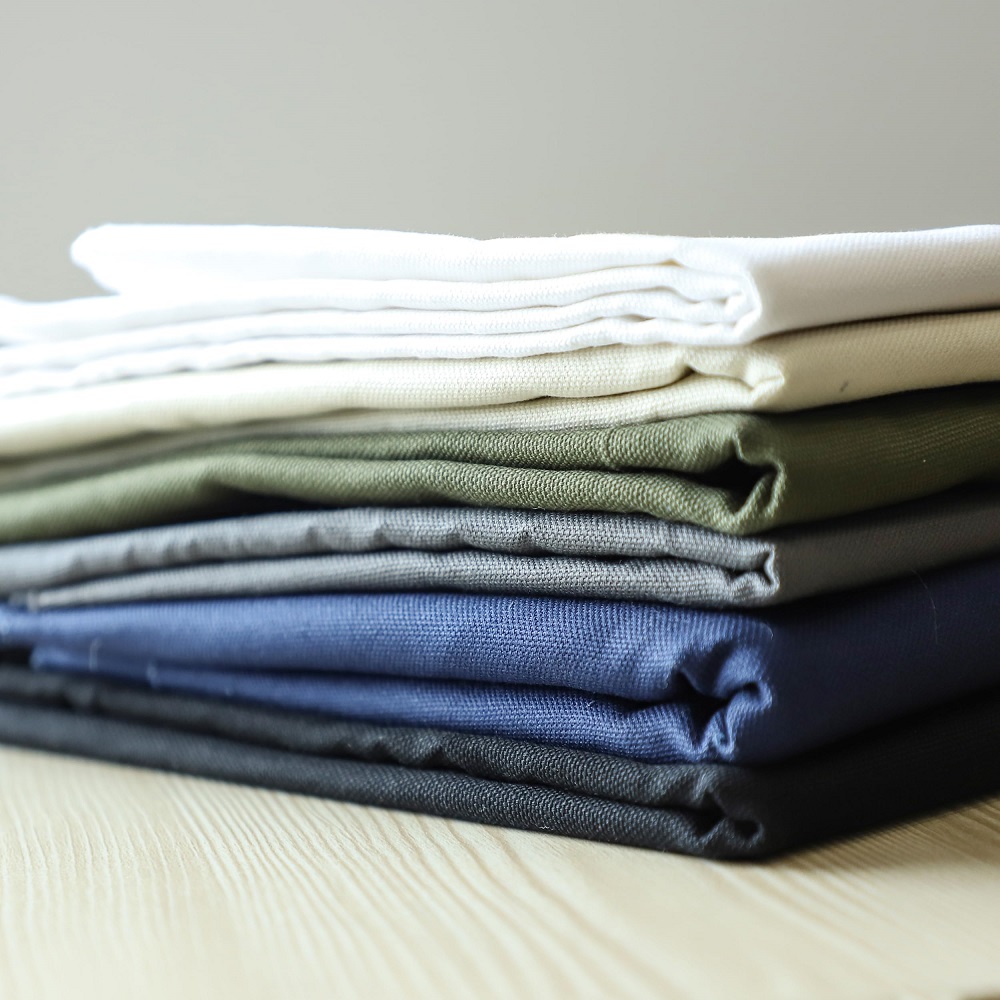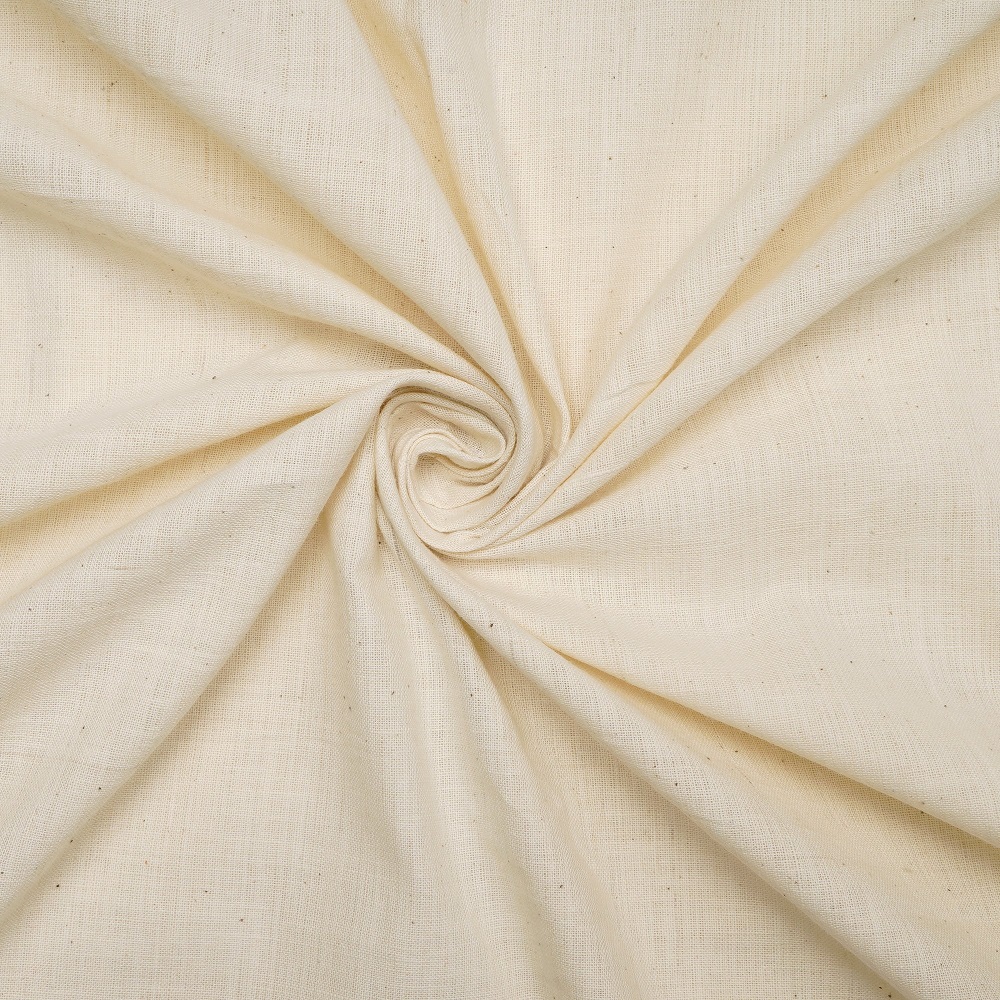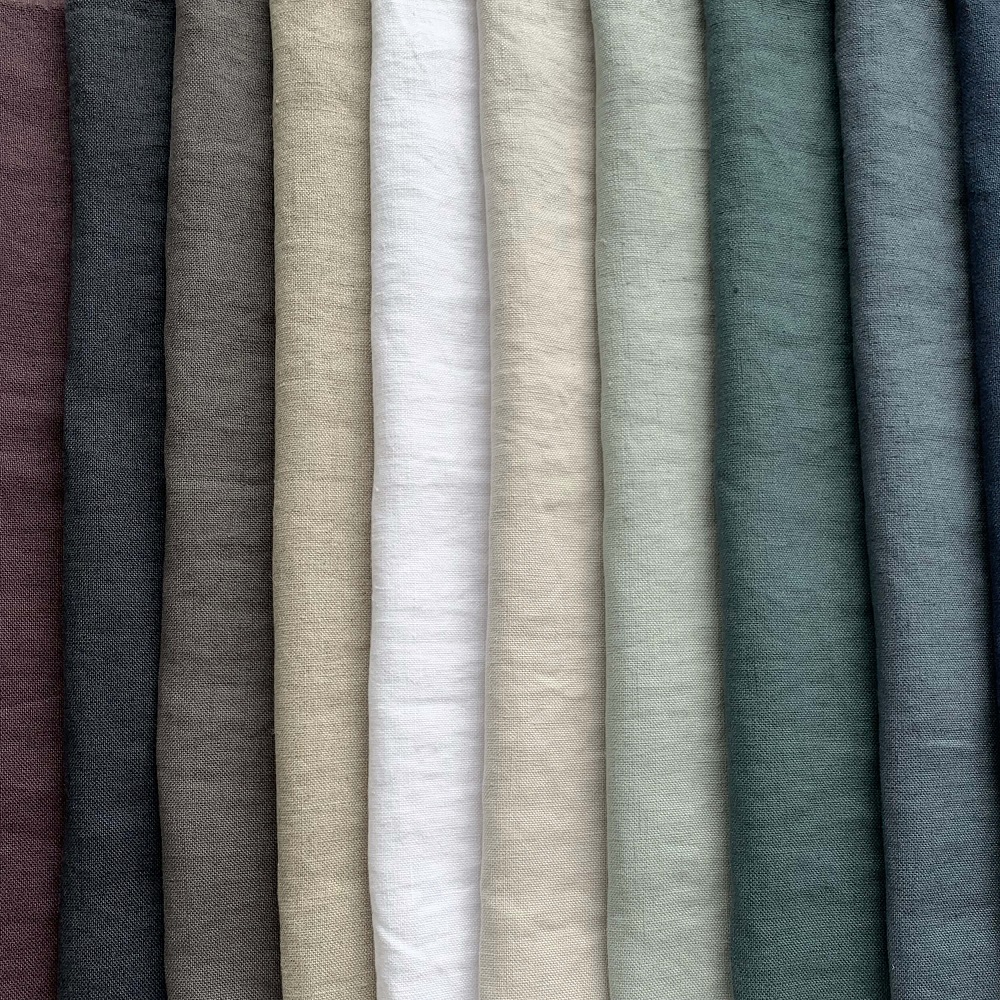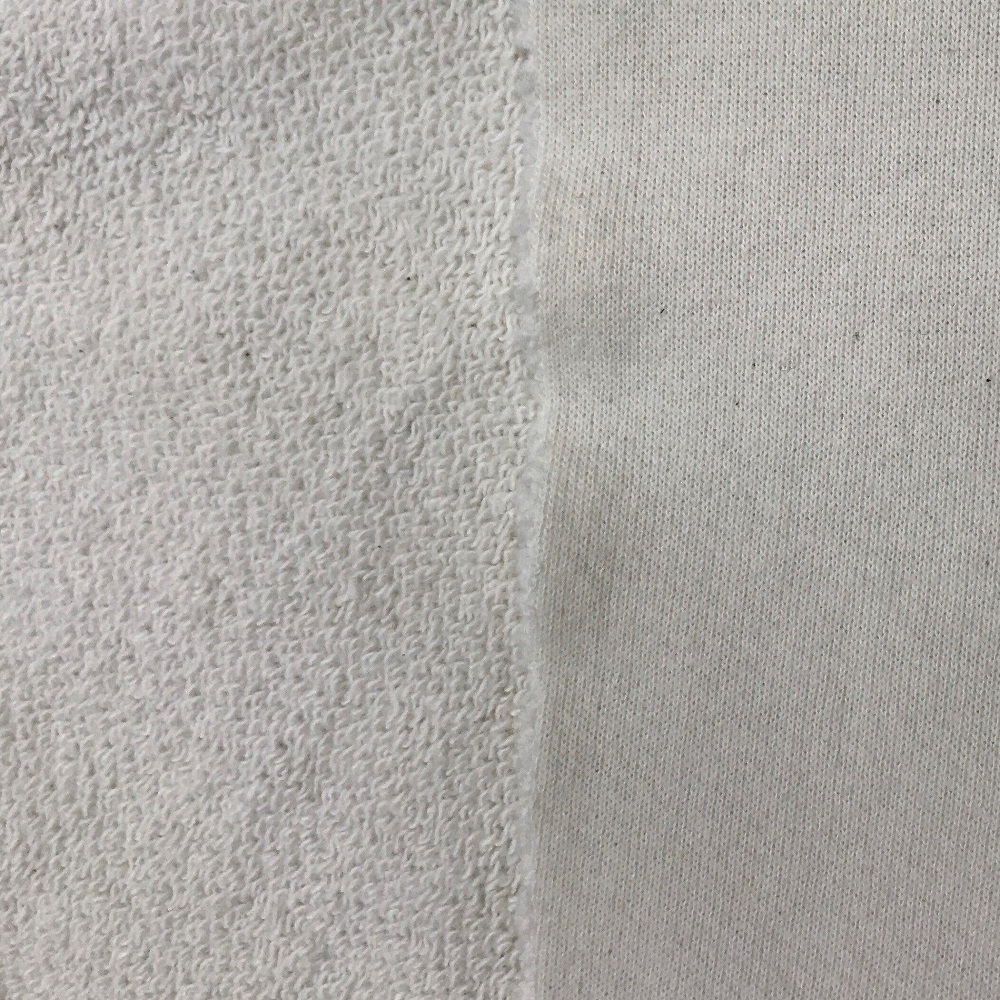Introduction to Cotton and Its Importance
Cotton stands as a powerhouse in the natural fiber world. It’s cherished for its versatility, breathability, and softness. This fiber plays a critical role not only in the fabric industry but also in the global economy. Its influence extends into fashion, agriculture, and even the daily lives of people worldwide.
Derived from the cotton plant, this fiber is spun into a multitude of products. These range from the simplest T-shirts to sophisticated home textiles. The journey of cotton—from a seed in the soil to a fabric on the shelf—is a testament to human ingenuity and resourcefulness.
Cotton cultivation spans various warm climates across the globe. Countries such as India and Egypt have histories rich with cotton production. However, modern-day cultivation and harvesting boast incredible efficiency due to mechanization.
Once harvested, cotton undergoes multiple stages of processing. These stages prepare it for its ultimate transformation into yarn and subsequently fabric. The result is a material embedded into the fabric of society—literally and figuratively.
Today, sustainability in cotton production is more important than ever. Consumers and manufacturers are increasingly prioritizing organic and recycled cotton. These practices aim to reduce environmental impact.
In sum, cotton’s role extends far beyond just material. It’s an expression of culture, a marker of technological advancement, and a focus for sustainable development. Its production journey enlightens us about a commodity we often take for granted.

Cotton Cultivation: From Seed to Harvest
Cotton cultivation is a delicate and complex process. It begins with planting cotton seeds in soils of regions with warm climates. Warm climates, such as those in Egypt and India, are ideal for cotton growth. The planting is timed carefully to optimize the growth period.
Once planted, cotton requires a long frost-free period, plenty of sunlight, and moderate rainfall to thrive. To ensure healthy growth, farmers meticulously manage the crops. They remove weeds and protect the plants from pests and diseases.
As the cotton plants mature, their bolls (the fluffy parts) develop and become ready for harvesting. Harvesting can be done manually by hand or mechanically with equipment designed for efficiency. This crucial phase marks the end of the cotton’s journey in the field and prepares it for the next stage of production.
Throughout these steps, from seed to harvest, the cotton cultivation process combines tradition with advanced agricultural techniques. These techniques help meet the global demand for this essential natural fiber.
Processing Cotton: Steps After Harvest
Once farmers harvest cotton, it begins a new journey. This journey involves several vital steps. These steps transform raw cotton into a fine material ready for yarn production. The initial stages, ginning and then carding and combing, are crucial. Let’s explore these processes.
Ginning the Cotton
Ginning is the first step after harvesting cotton. The cotton makes its way to a gin, a machine designed to separate the fibers from seeds. The process entails cleaning and removing debris, such as leaves and dirt. As a result, the cotton fiber, free of impurities, gets baled. These bales are now ready for the next stage.
Carding and Combing
After ginning, carding is next. Carding machines straighten and organize the fibers. They turn fibers into soft, uniform sheets. Sometimes, combing follows. Combing is an extra step. It refines the cotton by removing short fibers. This guarantees evenness and quality in the yarn. Both processes are pivotal. They ensure the fibers are primed for spinning into yarn. With these steps complete, the cotton stands ready for transformation into garments and other textiles.

Spinning: Turning Fibers Into Yarn
Spinning is a critical phase in transforming harvested cotton into usable yarn. After cotton fibers have undergone ginning and carding, they arrive at the spinning stage. Here’s a closer look at how this process unfolds:
- Fiber Alignment: Initially, cleaned and carded cotton fibers need to be aligned. This makes them easier to handle.
- Twisting Fibers: These aligned fibers are then twisted together to form yarn. This twisting is essential as it gives the yarn strength and consistency.
- Using Spinning Machines: Modern spinning involves sophisticated machines. These machines efficiently twist large volumes of cotton fiber.
- Winding Yarn on Bobbins: The spun yarn is wound onto bobbins. Bobbins are cylindrical spools that hold the yarn securely.
- Quality Check: Each yarn batch undergoes quality control. This ensures that the yarn meets specific strength and flexibility standards.
The spun yarn is now ready to be woven or knitted into fabric. Every step in the spinning process is geared towards creating uniform, high-quality yarn that contributes to the durability and feel of the final fabric products. This intricate process highlights the technological integration into traditional cotton processing, enhancing both efficiency and output quality.
Weaving and Knitting: Creating the Fabric
With the yarn spun and ready, the next steps are weaving and knitting. These processes turn yarn into fabric. Here’s how each method works.
Weaving the Yarn
Weaving intertwines two sets of yarns. One set runs lengthwise, known as the warp. The other, the weft, runs crosswise. Together, they form a crisscross pattern that makes sturdy, stable fabrics. A loom is the tool of choice here, a device that skillfully manages warp and weft threads. Modern looms are often computer-controlled, ensuring precision and consistency in the fabric.
Knitting the Yarn
Knitting, unlike weaving, forms loops of yarn to create fabric. This technique results in a stretchable material perfect for clothing like T-shirts and socks. Hand-knitting offers a personal touch, but machines knit most fabric today. They produce intricate patterns and designs quickly and efficiently.
Through weaving or knitting, yarn becomes fabric. It can then be cut, sewn, and turned into a myriad of products. These processes showcase the art and science of fabric making. They combine to keep us clothed and comfortable in a fabric-rich world.
Finishing Processes: Enhancing Fabric Quality
After weaving or knitting, the fabric undergoes finishing processes. These improve its look and feel.
Dyeing and Printing
To add color, fabrics are dyed. Printing can apply patterns or designs. Dyeing involves soaking fabric in color. Printing often uses stamps or screens for applying designs. Both enhance the fabric’s appeal.
The Role of Sustainable Practices in Cotton Production
As awareness of environmental sustainability grows, so too does the emphasis on sustainable practices within cotton production. This focus helps mitigate the environmental impacts associated with cotton farming and manufacturing.
Organic and Recycled Cotton
Organic cotton represents a shift towards more eco-friendly cultivation methods. Farmers do not use synthetic pesticides or fertilizers. This method supports biodiversity and reduces chemical runoff into local water sources. Recycled cotton, on the other hand, uses post-consumer and post-industrial cotton waste.
It transforms this waste into new cotton products, reducing the need for new cotton production and landfill space.

Water Conservation and Management
Cotton growth requires substantial water. However, through modern farming techniques such as drip irrigation and rainwater harvesting, the industry strives to reduce water use. Effective water management practices help conserve water.
They ensure that the cotton industry uses the available water resources responsibly. These practices are crucial in maintaining ecological balance in cotton-growing regions.
Global Cotton Trade and Its Economic Impact
Cotton plays a crucial role in the global economy. Many countries rely on it heavily for economic growth and employment. International markets influence cotton prices, affecting both global trade dynamics and national economies. Exporting cotton fosters economic development in producing regions, while also creating complex trade relationships.
Major Cotton Producing Regions
Countries like India, China, and the United States are among the top cotton producers. These regions benefit from optimal growing conditions and advanced agricultural technologies. Their massive production volumes influence global cotton supply and pricing strategies. Each has developed a unique infrastructure for processing and exporting cotton.
Challenges and Opportunities in Cotton Trading
Trading cotton comes with its own set of challenges. Price volatility, competition, and trade policies can pose risks. However, opportunities also exist. Innovations in cotton production and sustainable practices are creating new market niches. Furthermore, developing countries can leverage cotton trade to stimulate local economies. Engagement in global markets may also pave the way for advancements in trade policies and economic partnerships.









